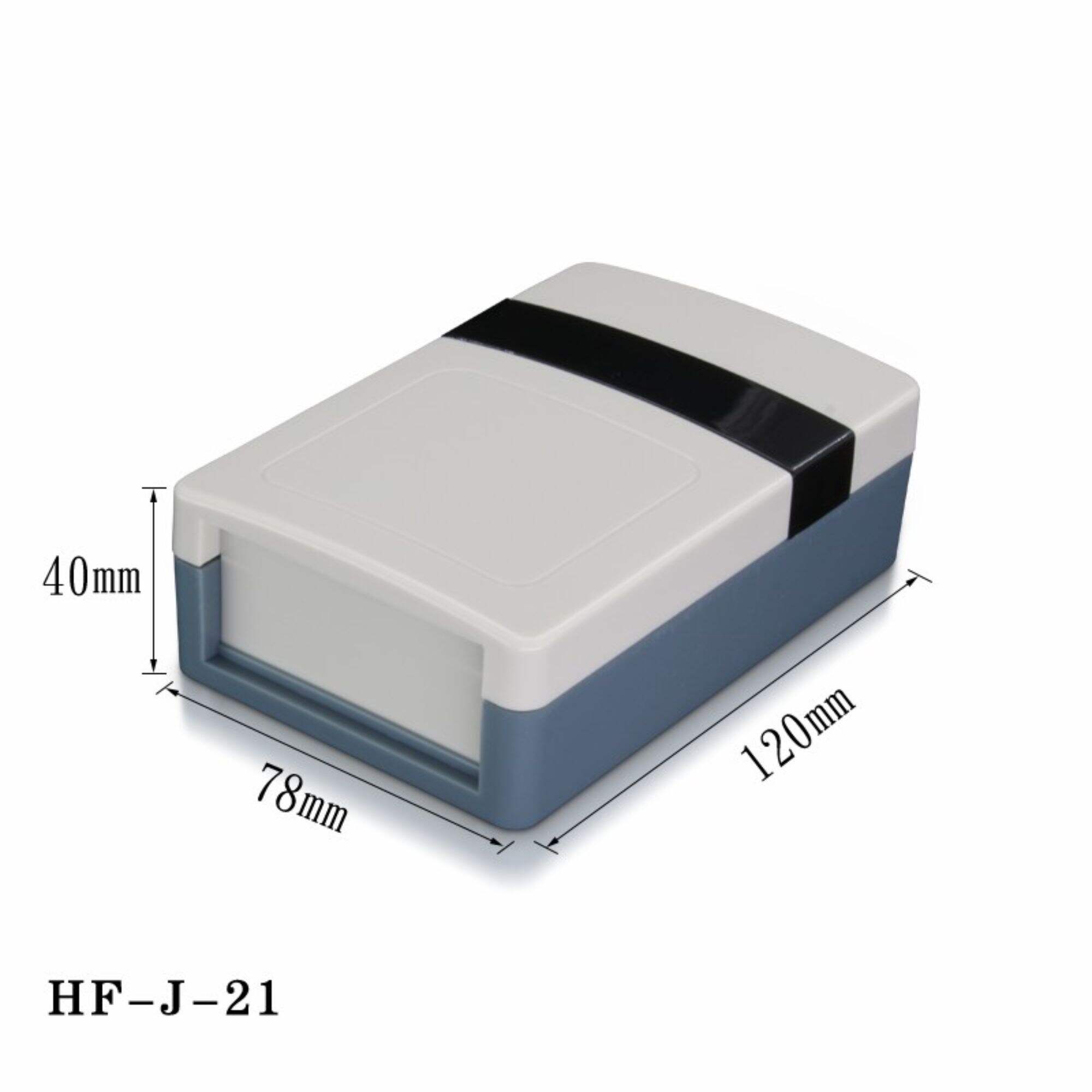Written By: Alex JaffeJuly 21st, HomeAwarePlastic Boxes - Boon or BanePSST!
The plastic containers do it again! Not only do they do an excellent job of storing all your toys and snacks in one place. But did you know that these boxes are made of different kinds of plastic and therefore can have varying impacts on the environment? In part two, we look further into plastic enclosure materials to explore the different advantages and disadvantages of each. Our aim is to help you choose a perfect fit — for your preferences, and also for our planet.
PLASTIC : ANOTHER POLLUTION.
The place where you store your goods is very important and that are a plastic box. Many are hard and brittle, others soft and sheety or pliable sheets but generally less so than a film. The variation exists due to the difference in raw material that is available for making these boxes. Some of the materials are ABS plastic, polycarbonate plastic, and polypropylene plastic. Every material has its pros and cons. ABS plastic is strong but lacks in temperature resistance. Polycarbonate plastic is heat-resistant, transparent glass-like material that works great as windows and lenses but costs more due to its high-quality. Polypropylene plastic is also very affordable and lightweight, hence its use in commercial dishware,it may not be as durable however.
Pros And Cons Of Exploring
Now, deeper look into qualities of each material:
ABS (Acrylonitrile-Butadiene-Styrene) - Strong and impact-resistant material with poor heat resistance, known to stain quickly.
Polycarbonate Plastic- A transparent polymer that provides good heat resistance and durability, though it can be more expensive as well as prone to cracking or yellowingthrenervation
Polypropylene Plastic - Very light, versatile and inexpensive to work with but not as strong or shock-resistant like ABS or polycarbonate.
A Detailed Overview
Summed UpsQuick Summary of What Is to be remembered with each material.
ABS plastic (good strength and ductility, but not able to support heat making it inappropriate for outdoor use.
Applications: Flame retardant, but not FDA-compliant; can be expensive Better options include PET and PC -> Conversely used for clear applications offering good heat resistancePros : Clear?>">FilterWhere to use it Polycarbonate plastic is most commonly known as the material in Nalgene water bottles.
PolypropylenePlastic: Affordable and durable, with good chemical resistance but not as strong as ABS or Polycarbonate.
Environmentally Conscious Perspective
Although plastic is useful when it comes to ensuring the safety and durability of things, creating plastic itself can be harmful for our environment causing pollution and waste as well using natural resources. Further more plastic ends up harming wildlife, and messing with our ecosystems. So being thoughtful while buying and handling plastic is very important. Choosing to use recyclable plastic or biodegradable natural potato starch-based brans like corn, polylactic acid (PLA) is another way out. Furthermore, one can also prevent waste by reusing plastic boxes and/or passing them off to relatives instead of disposing.
Negotiating the Mating Ritual
You should take into account a number of things including, intended usage for the box, budget constraints and often environmental concerns when deciding on which plastic box material is best suited. Check out the following tips to help you decide...
ABS Plastic: If you need boxes that are strong and impact resistant for heavy-duty purposes, ABS plastic is the way to go.
Polycarbonate plastic is best for heat-resistant and transparent boxes, but at a premium price.
For low cost, lightweight boxes used for everyday purposes polypropylene plastic comes out as a useful choice.
While plastic boxes are very practical and functional, it is equally important to consider their suitability from an environmental perspective. Before buying, consider the differences between each material (durability, heat resistance, transparency and flexibility) alongside price. Also where possible, try to cut down on waste by recycling or reusing plastic materials. You can be a conscientious consumer too, protecting yourself and our planet when you adopt these habits.


